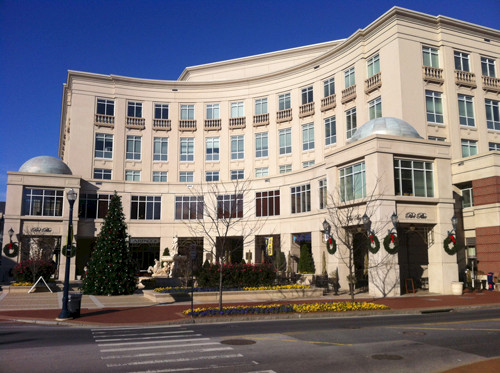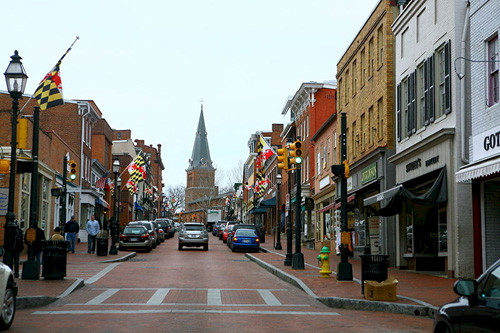Innovations in Environmental Synthesis, Reporting and Governance: Part 4 - The Annapolis Synthesis Center
Bill Dennison ·In the middle of the National Environmental Center for Ecological Analysis and Synthesis (NCEAS) seagrass project, we created the Annapolis Synthesis Center.

Annapolis is much like Santa Barbara, it's a cute town that you can walk around in, fly in without getting in a car, and it's the capital of Maryland as well as home to the U.S. Naval Academy. The support for the Annapolis Synthesis Center was via projects, and we provided IT support and science communication support. We decided early on that it wasn't good enough just to write papers - we also needed to communicate more widely. We started producing products by working with the U.S. National Park Service and Conservation International. We also produced environmental report cards and scientific publications. Recently, the National Science Foundation has awarded the University of Maryland Center for Environmental Science, in partnership with the University of Maryland, College Park, the National Socio-Environmental Synthesis Center (SeSync) to be based in Annapolis, co-located with the Annapolis Synthesis Center.

SeSync has the goal of providing synthetic support for researchers, expertise, tools of data, and fostering a new level of engagement with the policy community, so were not just going to focus on scientists communicating to other scientists. We want to build capacity among students and researchers, and figure out how to do synthesis better. We want to figure out and nurture the whole process of doing synthesis. NCEAS is basically whoever comes up with a good idea- you can have a bird group next to a seagrass group next to a coastal development group. Instead we are going to try to group them into themes. So instead of being randomly assorted, we're going to try to put, for example a mangroves, coral reef and seagrass group together, and other similar types of terrestrial groups and themes together in similar groups. It’s going to be in Annapolis, and it’s going to have vertical and horizontal synthesis, so the idea is to figure out how to do it better, and try to synthesize across the themes, as well as within the themes. So we are going to play around with this whole synthesis process and hopefully come up with new and better models for doing it.
This blog post was created from a presentation by Bill Dennison to the Terrestrial Ecosystem Research Network in Melbourne, Australia on 29 Mar, 2011 (full powerpoint presentation can be accessed on IAN Press.
About the author
Bill Dennison

Dr. Bill Dennison is a Professor of Marine Science and Vice President for Science Application at the University of Maryland Center for Environmental Science.

